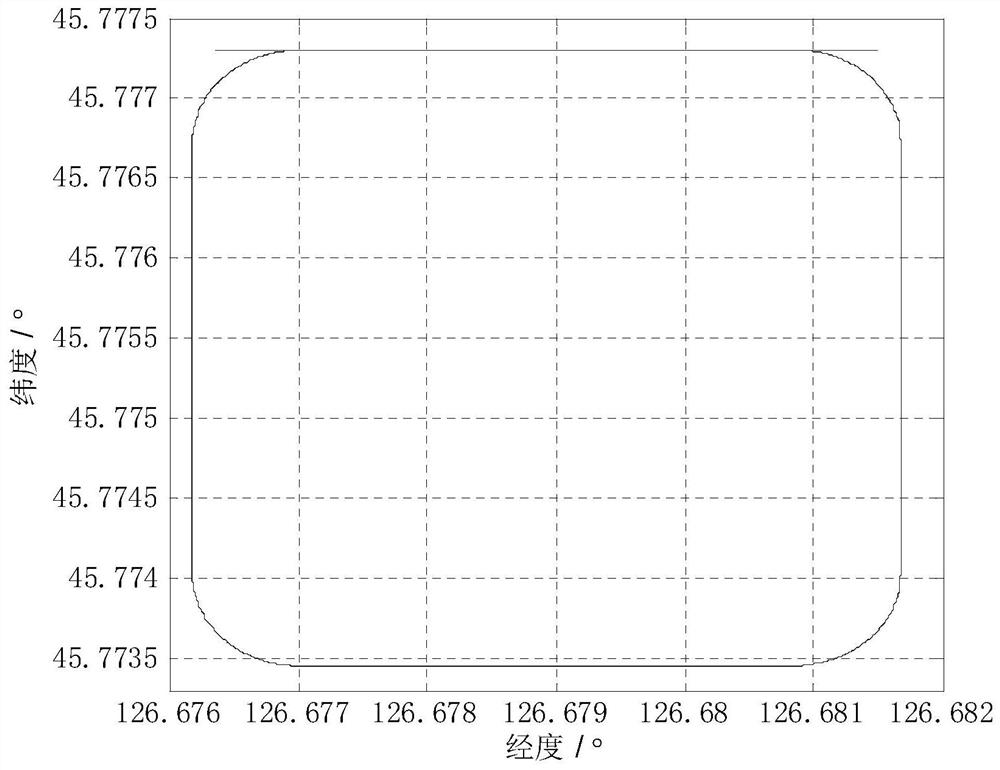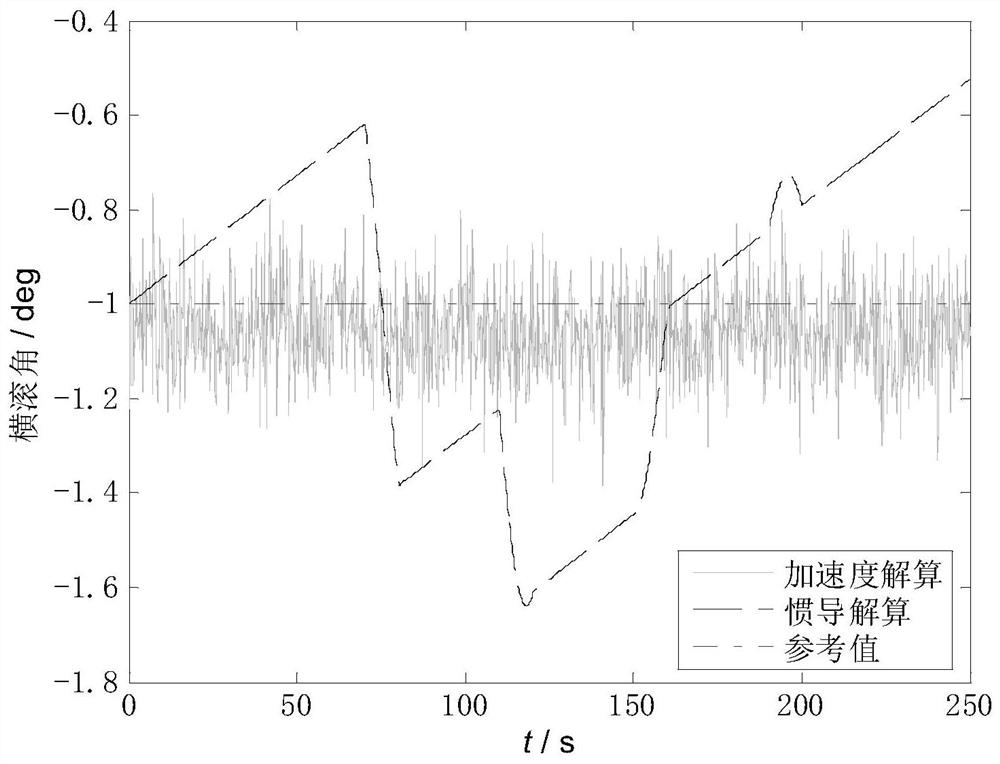An Adaptive Cascaded Kalman Filter Method Based on Dual Antenna GPS and MIMU Combination
A Kalman filter, dual-antenna technology, applied in radio wave measurement systems, satellite radio beacon positioning systems, instruments, etc., can solve the problems of low attitude measurement accuracy and large amount of calculation, achieve precise navigation accuracy and improve operation speed. , the effect of reducing the amount of calculation
- Summary
- Abstract
- Description
- Claims
- Application Information
AI Technical Summary
Problems solved by technology
Method used
Image
Examples
specific Embodiment approach 1
[0060] Specific embodiment one: the adaptive cascade Kalman filtering method based on dual-antenna GPS and MIMU combination comprises the following steps:
[0061] Step 1: Using the linear differential equation of the additive quaternion error to establish a state equation based on the additive quaternion error;
[0062] Step 2: Utilize the attitude angle of the carrier calculated by the inertial navigation system, and make a difference between the attitude angle of the carrier and the attitude angle provided by the accelerometer and GPS to obtain the attitude error angle of the carrier; the carrier is a vehicle, an aircraft, a ship, etc. For the carrier, the attitude angle includes pitch angle, roll angle and heading angle; the accelerometer calculates the pitch angle and roll angle, and the GPS provides the heading angle;
[0063] Step 3: Establish an observation equation according to the conversion relationship between the attitude error angle and the additive quaternion er...
specific Embodiment approach 2
[0069] Specific embodiment two: the difference between this embodiment and specific embodiment one is that: the linear differential equation of the additive quaternion error is utilized in the step one, and the specific process of establishing the state equation based on the additive quaternion error is:
[0070] Define δQ as the additive quaternion error, which satisfies formula (1):
[0071]
[0072] In the formula To calculate the quaternion is a scalar for computing quaternions, To calculate the vector of quaternions, Q=[q 0 q 1 q 2 q 3 ] T is a real quaternion, q 0 is a scalar of real quaternions, q 1 ,q 2 ,q 3 is a vector of real quaternions, δq 0 To calculate the difference between a quaternion and a real quaternion scalar, δq 1 、δq 2 、δq 3 To calculate the difference between the quaternion and the real quaternion vector; from the linear differential equation of the additive quaternion:
[0073]
[0074] In the formula is the first derivativ...
specific Embodiment approach 3
[0079] Specific embodiment three: the difference between this embodiment and specific embodiment one or two is: in the step three, according to the conversion relationship between the attitude error angle and the additive quaternion error, the specific process of establishing the observation equation is:
[0080] define Q e is the multiplicative quaternion error, which satisfies formula (4):
[0081]
[0082] In the formula is the quaternion multiplication algorithm, and Q e satisfy q e0 scalar for the multiplicative quaternion error, q e1 ,q e2 ,q e3 is a vector of multiplicative quaternion errors;
[0083] Combine (1) and (4) to get:
[0084]
[0085] The navigation coordinate system n is defined as the northeast sky geographic coordinate system. Due to the influence of initial deviation, measurement error, calculation error, etc., there is an angular deviation between the actual navigation coordinate system C and the real navigation coordinate system n, whic...
PUM
 Login to View More
Login to View More Abstract
Description
Claims
Application Information
 Login to View More
Login to View More - R&D
- Intellectual Property
- Life Sciences
- Materials
- Tech Scout
- Unparalleled Data Quality
- Higher Quality Content
- 60% Fewer Hallucinations
Browse by: Latest US Patents, China's latest patents, Technical Efficacy Thesaurus, Application Domain, Technology Topic, Popular Technical Reports.
© 2025 PatSnap. All rights reserved.Legal|Privacy policy|Modern Slavery Act Transparency Statement|Sitemap|About US| Contact US: help@patsnap.com



